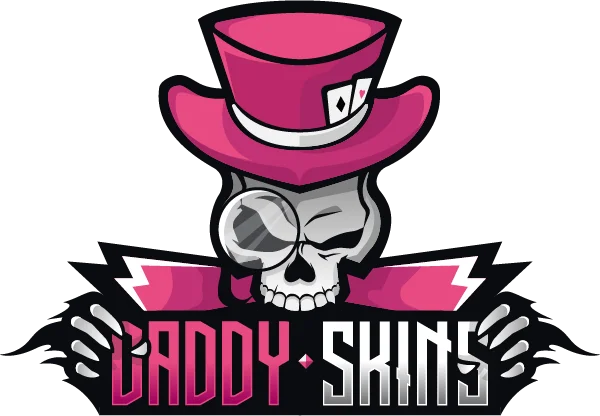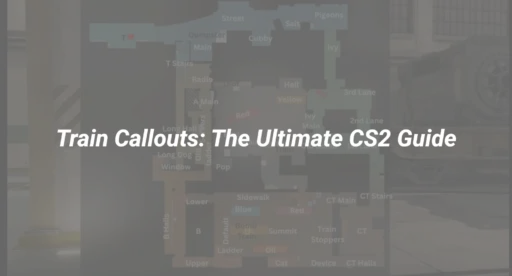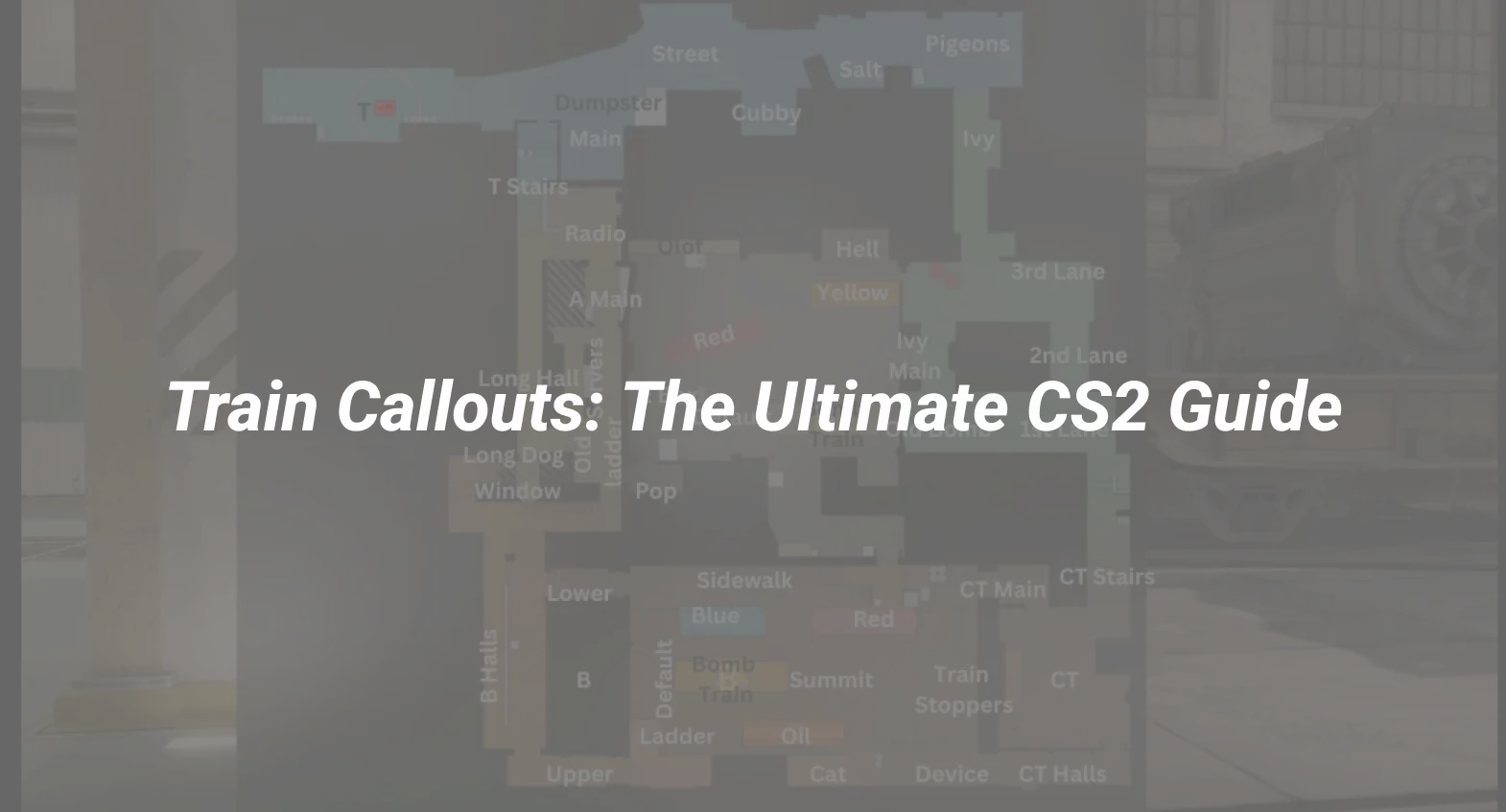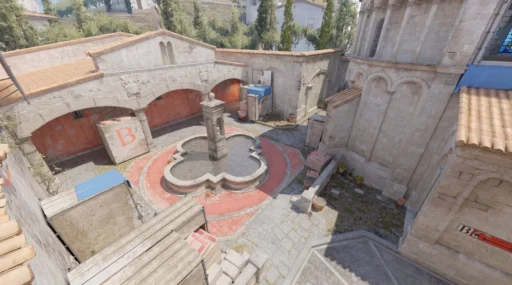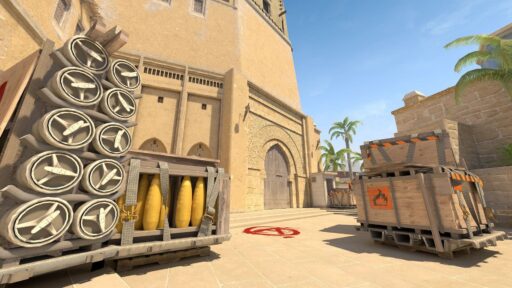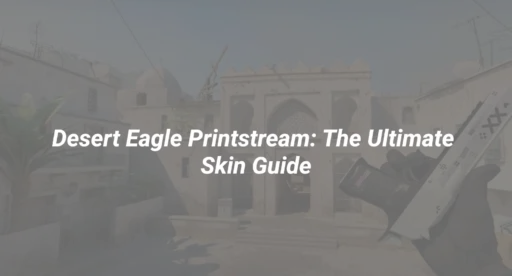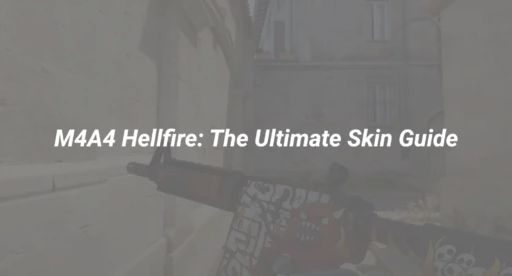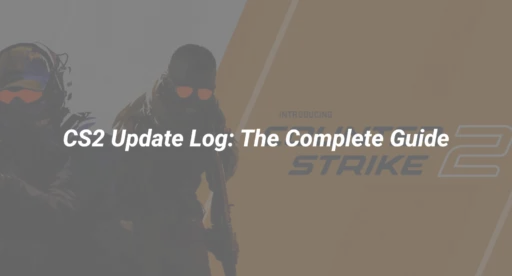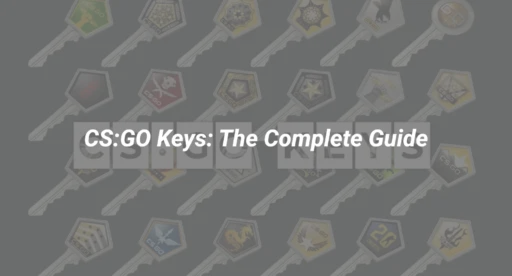Introduction: Why Train Callouts Matter
If you’ve ever lost a round on Train because your team didn’t know where “Popdog” or “E Box” was, you’re not alone. Precise communication is the backbone of Counter-Strike 2, and nowhere is this more critical than on Train—a map known for its complex layout and high-stakes strategy. Whether you’re a new player or a seasoned veteran, mastering Train callouts can instantly elevate your team’s coordination, improve your map control, and turn close games into decisive wins.
What Are Train Callouts? (And Why They’re Essential)
Train callouts are specific names for locations on the Train map in CS2. These names allow players to communicate enemy positions, plan strategies, and execute coordinated plays with speed and clarity. Without a shared vocabulary, even the best aimers can lose to a team that calls out “Ivy push” or “one in Sandwich” at the right moment.
Benefits of mastering Train callouts:
- Faster, clearer team communication
- Improved strategic planning and rotations
- Better map awareness and positioning
- Increased win rates in both solo and team play.
For a full breakdown of all map callouts, see the CS2 Maps – Active Map Pool guide.
Complete List of Train Callouts (2025 Update)
Below is a comprehensive list of Train callouts, including both classic and updated terms. Each callout is followed by its strategic importance and typical use case.
T Side Spawn & Approaches
- T Spawn: Terrorist starting area. Plan your opening moves here.
- T Stairs: Connects T Spawn to B Halls and B Site.
- Brown Halls: Main corridor for B Site executes.
- Showers: Alternative path above T Connector/A Main.
Bombsite A Callouts
- A Main / T Connector: Main entry to A Site; often contested.
- Popdog: Ladder room for fast A Yard access or flanks.
- E Box: Electric box between Popdog and A Bomb Train; key for defense.
- Blue Train: Located outside A Main; common for peeks and holds.
- Green Train: Near Ivy; great for crossfires.
- Red Train: Central train on A; vital for site control.
- Sandwich: Gap between Blue and Green trains; surprise spot.
- Hell: Cubby by Green Train, facing Ivy.
- Heaven: Elevated position above A Site; strong for retakes.
- Old Bomb: Near CT Spawn; legacy hold point.
Bombsite B Callouts
- B Halls: Terrorist staging area for B executes.
- B Ramp (Lower): Main entry to B Site from B Halls.
- Upper B: Elevated entry, offers a different angle.
- Catwalk: Leads from Upper B to B Site.
- Headshot: End of Catwalk; defensive crouch spot.
- Bomb Train (B): Central train for bomb plants.
- White Train: Near Lower B; common plant/hold location.
- Yellow Train: Behind Bomb Train; provides cover.
- Oil Train: Next to Catwalk; strong post-plant spot.
- Sidewalk: Path from Lower B to Z Connector.
- Back Site (B): Behind Oil and Red trains, near CT Spawn.
Rotations & Connectors
- Z Connector: Rotational path between A and B Sites.
- CT Spawn: Counter-Terrorist starting area; key for retakes.
- CT Stairs: Leads from CT Spawn to Ivy.
- CT Tunnel: Offices between Ivy, CT Stairs, and A Site.
Outer Paths & Flanking Routes
- Ivy: Long corridor from Alley to A Site; crucial for splits.
- Dumpster: Outside Ivy; off-angle for surprise plays.
- Alley: Path from T Spawn to Ivy.
- Cubby: Alcove with ladder to Heaven (A Site).
- Pigeons: Area between Ivy and Alley.
- Camera: Wall on A Site between A3 and A2.
- Kitchen: Between T Stairs and Showers.
- Summit: Between Bomb Train and White on B Site.
For more map-specific callouts, check out CS2 Terminologies – All Slangs and Terms.
Step-by-Step: Configuring Train Callouts for Team Communication
- Learn the Map Visually:
Study a labeled map of Train and walk through each callout in offline mode. Practice calling out each location as you move.
- Standardize Vocabulary:
Agree on callout names with your team before matches. Use the most widely accepted terms for clarity.
- Practice Live Callouts:
During scrims or matchmaking, call out every enemy position, utility use, and rotation using the correct terms.
- Integrate Callouts into Strategy:
Use callouts in your team’s default strategies. For example: “Let’s split A with Ivy and Popdog pressure.”
- Review and Adjust:
After matches, review any communication breakdowns and refine your callout usage for clarity and speed.
For tips on effective communication, see How to Use Radio Commands in CS2?.
Advanced Strategies Using Train Callouts
- Ivy Control:
Securing Ivy opens up A Site splits and forces CTs to rotate. Use smokes and flashes to take control early.
- Popdog Pressure:
Dropping into Popdog quickly can catch defenders off guard and split their attention between A Main and Ladder.
- B Site Executes:
Use coordinated utility from B Halls and Upper B to isolate defenders on Oil and White trains.
- Rotations via Z Connector:
Fast, clear calls about Z Connector rotations prevent backstabs and enable quick site retakes.
- Post-Plant Positioning:
After planting, call out your positions—“I’m Headshot,” “one Oil”—to avoid crossfires and maximize coverage.
Level up your in-game tactics with the CS2 Beginner Guide: Ultimate Tips to Dominate.
Communication Best Practices for Train
- Keep callouts short and clear.
- Use numbers for train lanes if your team prefers (“one on second lane”).
- Confirm callouts with teammates to avoid confusion.
- Adapt to new terms as the community evolves, but prioritize clarity.
Explore more on CS2 Voice Commands for MIC.
Frequently Asked Questions About Train Callouts
Q: What’s the difference between Popdog and Ladder?
A: Popdog refers to the entire ladder room and the area immediately above and below the ladder. “Ladder” is sometimes used interchangeably, but Popdog is more precise.
Q: Are callouts the same in CS2 as in CS:GO?
A: Most classic callouts remain, but some areas have new names or slightly changed layouts. Always check the latest map updates.
Q: How do I teach new players Train callouts?
A: Use visual guides, walk them through the map, and encourage practice in offline mode.
Conclusion
Mastering Train callouts is more than memorizing names—it’s about building a foundation for elite-level communication and strategy. By integrating these callouts into your gameplay, you’ll unlock smarter rotations, cleaner executes, and more confident teamplay. Keep refining your vocabulary, stay adaptable to new meta shifts, and watch your win rate climb on one of Counter-Strike 2’s most iconic maps.
Ready to take your game to the next level? Start practicing these Train callouts today and transform your team’s communication and results.
